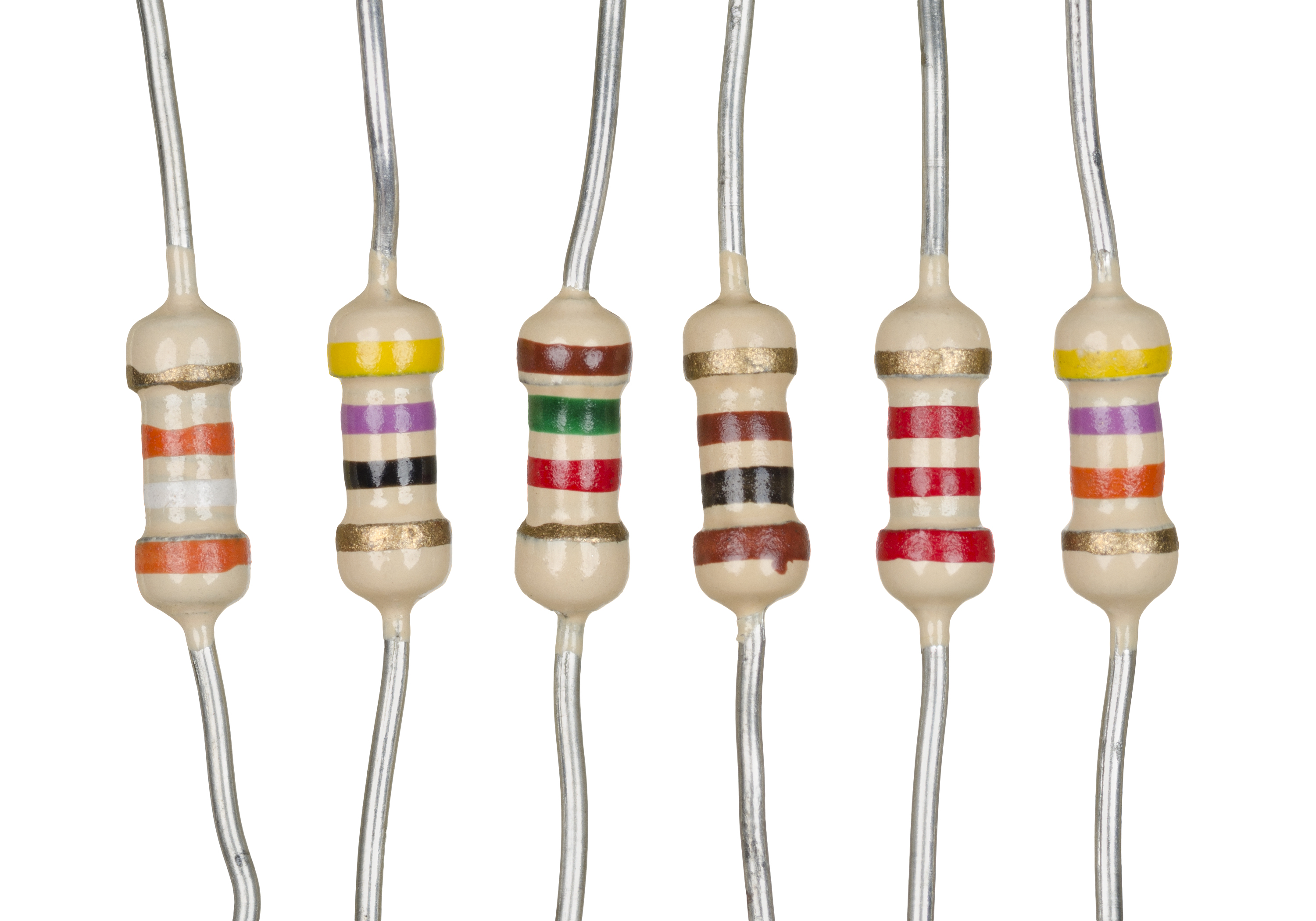Electric Resistance
The electrical resistance of
an electrical conductor
is a measure of the difficulty to pass an electric current through that conductor.
A conductor has free electrons randomly moving inside. When electric potential
is applied to it, the electrons collide with other atoms and molecules of the
conductor. The atoms and molecules create the obstruction in the flow of
electrons. This obstruction is called resistance.
Each and every material possesses the property of
resistance because every conductor has atoms or molecules which can obstruct
flowing electrons. If the material has less electrical conductivity, it means
resistance of that material is high. So conductor like copper, gold, etc. has
less resistance while insulators like wood, glass, etc. has higher resistance.
Unit of resistance: Unit of resistance is ohms
and it is denoted by Ω.
Laws of resistance
Value of resistance is directly proportional to
length of the conductor and inversely proportional to area of the conductor.
R α l/a
Therefore, R = ρl/a
Where ρ is constant of proportionality and also
known as resistivity of the material.
Another law is Ohm’s law which states that
voltage is directly proportional to current. A constant resistance is used and
this resistance is obstruction.
V = IR
If the circuit has no resistance then voltage
will be equal to current. V = I. But this is not possible; every conductor has
its own definite amount of resistance.
Resistivity of the material
It is a measure of how strongly a material opposes
the flow of electric current. Resistance of the conducting wire depends on the
material of which wire is made. Every conductor has its own resistivity.
Resistivity is denoted by ρ.
According to our formula of resistance,
R = ρl/a
Ρ = Ra/l
Therefore, resistivity is directly proportional
to area of conductor and inversely proportional to length of the conductor.
Unit of resistivity = ohms×m×m/m = ohms×m
Resistor vs. Resistivity
Resistance is the property of material which
opposes the flow of current while resistivity is the resistance of the
conductor having specific length and area. Resistance is dependent on length,
cross sectional area and temperature and resistivity is only dependent on
temperature.
Conductivity of the material
Conductivity of the material will be more if
resistivity of that material is less and if resistivity is higher, conductivity
of the material will be less. So conductivity of the material is inverse of
resistivity. Conductivity is represented by σ.
σ = 1/ρ
Unit of conductivity is 1/ohms×m or Siemens.
Resistor
Resistor is an electrical component that
implements electrical resistance to circuit. These components reduce the
current flow in the circuit.
Effects of temperature on resistor
Resistance of the resistor changes with the
change in temperature in surroundings. The temperature coefficient is generally
taken to show the change. Temperature coefficient of the resistor is the amount
of change in resistor per degree Celsius change in temperature. It is denoted
as α. If the resistor have +ve temperature coefficient, then as the temperature
increases the resistance in resistor also increases. If the resistor has –ve
temperature coefficient, then as the temperature increases the resistance in
the resistor decreases.
Effects of pressure on resistor
There is not much change in resistivity of the
conductor in small changes of pressure but only if the change in pressure is as
high as 1 mega bar i.e. 1Mbar. Thus, there is no notable change in resistor
until this much pressure is applied. However,
If the pressure is increased the resistivity of the resistor decreases.
Almost every electronic circuit consists of
resistor. No electric circuit can work without resistors because controlling of
voltage is most important thing of a circuit. Resistors are unsung heroes of
electronics without which we cannot make some complex electronic systems.


Comments
Post a Comment